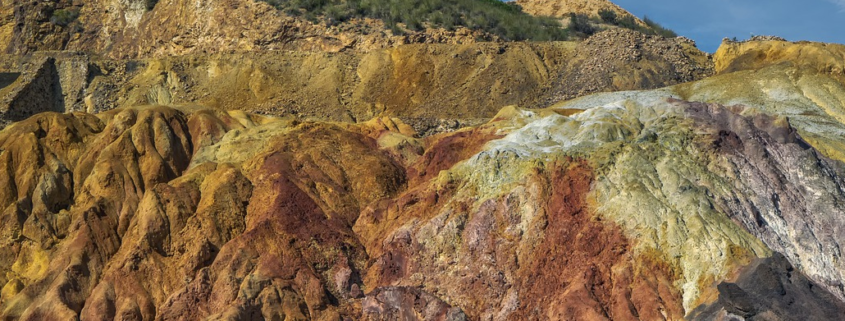Mineral Interest vs. Royalty Interest [+Net Royalty Acres Calculation]
When entering into a mineral rights agreement, it is very important to understand the complex definitions. This includes many industry terms. What could be the result without a proper background in mineral interest terminology? Investors run the risk of exchanging an asset or participating in a contract far less valuable than the property itself. In this quick guide, we will define and compare royalty interest vs mineral interest, mineral vs royalty acres, and several other commonly used terms to clear up confusion and provide guidance for mineral rights investors.
What is a Mineral Interest?
A mineral interest is the absolute ownership of all minerals below the subsurface of a property. With rights to mine, exploit, or produce any and all resources. Mineral interests are also mineral rights or subsurface rights.
With mineral interests, property owners have the permission to execute conveyances and enter into agreements. This includes with third parties to explore, extract, or sell the minerals. With this, mineral interest owners can earn mineral royalties. This is usually from the sale of valuable resources such as oil and natural gas.
Mineral Interest vs Royalty Interest
Mineral interests are the real assets that can be under the ownership of individuals and entities. Royalty interests do not represent physical properties. Unlike mineral interests, royalty interests are the lease terms that outline a mineral rights owner’s share of production profits.
Before entering into a mineral rights lease, it is critical to understand the terms of the royalty interest outline. This is to evaluate the quality of the contract. It is also possible to earn royalty interests without owning mineral interests. Unlike mineral interests, royalty interests can be claimed. This is if a person or business is involved with the exploration or production of any valuable resources.
What is a Mineral Acre?
A mineral acre is the square measurement of any landmass that has minerals beneath the surface. Mineral interests are quantified in mineral acres, which can be measured as roughly 640 acres of ordinary land. Within a mineral acre, the land is divided into both net mineral acres and gross mineral acres.
Net Mineral Acres vs Gross Mineral Acres
A net mineral acre is equal to the exact amount of subsurface land that a mineral interest owner or oil and gas operator can exploit for the extraction and sale of the resources. In large oil fields and plots of land with multiple mineral rights owners, it is very rare for net mineral acres to be equal to gross mineral acres.
Gross mineral acres are the total number of mineral acres in any subsurface property discussion. Looking over a division of land, gross mineral acres are only equal to net mineral acres if one individual or entity owns all of the mineral rights. Net mineral acres may also be less than gross mineral acres. This is if a portion of the land has been protected, reserved, or previously exploited.
Net Mineral Acres vs Net Royalty Acres
Much like in the cases of interests, there are a few key differences when we compare mineral acres vs royalty acres. Net mineral acres (or NMA for short) represent real property, whereas net royalty acres (NRA) are terms in a mineral rights lease that outline cash flow.
In mineral rights leases? the average mineral royalty rate is roughly ⅛ of the sale of oil, gas, or another resource. With this, for every net mineral acre, one can expect about ⅛ of the gross mineral production to be equal to their net royalty acre.
Net Royalty Acre Calculation
As an example, for net royalty acre calculation, let’s say that you own 500 net mineral acres. Then you have entered into an oil and gas lease agreement with a full-service provider. First, take a look at your royalty interest rate as expressed on your contract. Next is to multiply it by 1/8 (or 0.125). In this example, we will use 10% as your royalty rate. Which when multiplied by 0.125 will equal 0.8. This would be your royalty interest rate.
Finally, how to calculate your net royalty acres?
Take your royalty interest rate (0.8) and multiply it by your net mineral acres (500) to equal 400. With 500 net mineral acres at a royalty rate of 10%, your net royalty acres would be 400.
Final Thoughts
This is what new investors and seasoned property owners alike are well aware of. Mineral rights terminology can be confusing and occasionally intentionally deceiving when practiced by an unreputable company.
Do you need help to navigate the unique differences of net mineral acres vs net royalty acres? How about mineral interests vs royalty interest? Learn more about your mineral lease agreement today. We strongly recommend working with a mineral rights broker or an oil and gas industry legal specialist.
If you have more inquiries, reach out to us here.




Leave a Reply
Want to join the discussion?Feel free to contribute!